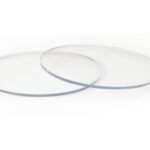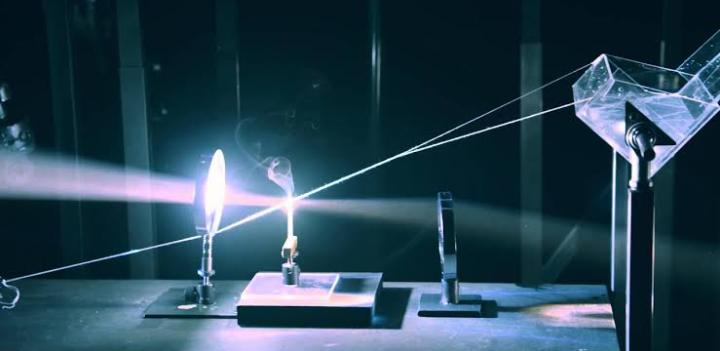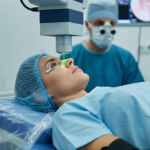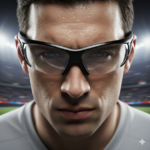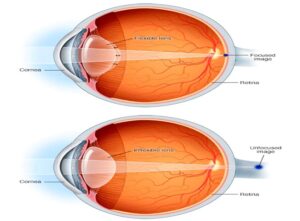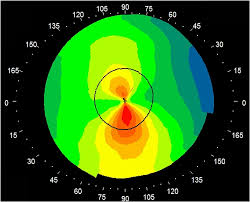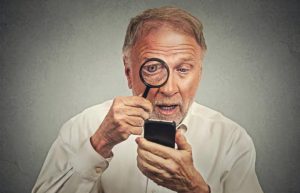Understanding the Invisible Danger to Your Eyesight
Ultraviolet (UV) radiation is one of the most common and often overlooked environmental hazards that can seriously harm your eyes—especially if you spend long hours outdoors working, playing sports or traveling under the sun.
What Are UV Rays?
UV rays are a type of invisible electromagnetic radiation emitted by the sun. There are three main types
UVA (long-wave): Penetrates deep into the eye and is linked to aging and long-term damage.
UVB (short-wave): More intense and directly responsible for surface-level injuries such as sunburn and corneal inflammation.
UVC: Typically absorbed by the ozone layer and doesn’t reach the Earth’s surface.
While we often take steps to protect our skin from UV radiation, our eyes are equally vulnerable—and often forgotten.
How UV Rays Affect the Eyes
Prolonged exposure to UV radiation can lead to a range of eye conditions, including:
�� Photokeratitis (Corneal Sunburn): A painful, temporary condition caused by intense UV exposure. Symptoms include redness, pain, tearing and blurred vision.
�� Cataracts: UV rays accelerate the development of cataracts—a clouding of the eye’s lens that leads to vision impairment and, eventually, blindness if untreated.
�� Macular Degeneration: A chronic condition that damages the retina and central vision, potentially leading to permanent vision loss.
�� Pterygium (Surfer’s Eye): A non-cancerous growth on the eye’s surface that can affect vision and may require surgical removal.
�� Skin Cancer Around the Eyes: The delicate skin surrounding the eyes is highly susceptible to UV-induced skin cancers like basal cell carcinoma.
Who Is at Higher Risk?
People who spend significant time outdoors are especially vulnerable to UV damage. This includes
Construction workers, utility workers, landscapers and agricultural laborers
Athletes involved in outdoor sports such as cycling, skiing, swimming, running, or cricket
Children and elderly individuals (due to thinner corneas or less natural lens protection)
Even on cloudy days or in shaded areas, UV rays can reflect off water, sand, snow and concrete—increasing the risk of exposure.
UV Safety Tips for Outdoor Workers and Athletes
Here’s how to actively protect your eyes from UV damage
Wear UV-Protective Eyewear: Use sunglasses or safety glasses that block 100% of UVA and UVB rays.
Wraparound frames or side shields offer extra protection from peripheral UV rays.
Use Wide-Brimmed Hats or Helmets: Wearing a hat with at least a 3-inch brim can reduce UV exposure to your eyes by up to 50%.
Choose Polarized or Photochromic Lenses
Polarized lenses reduce glare, especially around reflective surfaces like water, pavement or snow.
Photochromic lenses automatically darken in bright sunlight and clear up indoors, offering adaptive UV protection.
Replace Damaged Eyewear: Scratched or worn-out lenses can compromise protection. Inspect your eyewear regularly and replace it if it no longer offers clarity or safety.
What Can Optometrists Do to Promote UV Safety?
As optometrists, we play a key role in preventing UV-related eye damage through education, screening and access to protective eyewear. Here's how
1. Educate Patients About UV Risks
We must highlight the importance of year-round UV protection—not just in summer or on sunny days.
2. Recommend the Right Eyewear
Prescribe UV-blocking prescription glasses or custom-fitted safety glasses tailored to the patient’s occupation, lifestyle and sports activities.
3. Conduct Regular Eye Exams
Early detection of UV-related changes such as pterygium, cataracts or retinal damage is crucial for timely intervention.
4. Offer Sports and Occupational Eye Safety Solutions
Guide patients to choose the right sports goggles, polycarbonate lenses, or ANSI-rated safety eyewear based on their daily activities.
5. Advocate for Eye Safety at Community Level
Participate in awareness campaigns, workplace safety sessions and school visits to promote proactive UV protection for all ages.
Final Thoughts: Don’t Leave Your Eyes Unprotected
Your eyes are precious—and irreplaceable. Whether you’re working on a job site, running on a track or relaxing outdoors, UV protection is not an option; it’s a necessity. Take small steps today to ensure a lifetime of healthy vision. And as optometrists, let’s lead by example and empower our communities to see the dangers clearly—and protect against them effectively. Your Vision Matters – Protect It Every Day Need help finding the right UV-protective eyewear? Contact your optometrist or visit a certified optical center for expert guidance.



